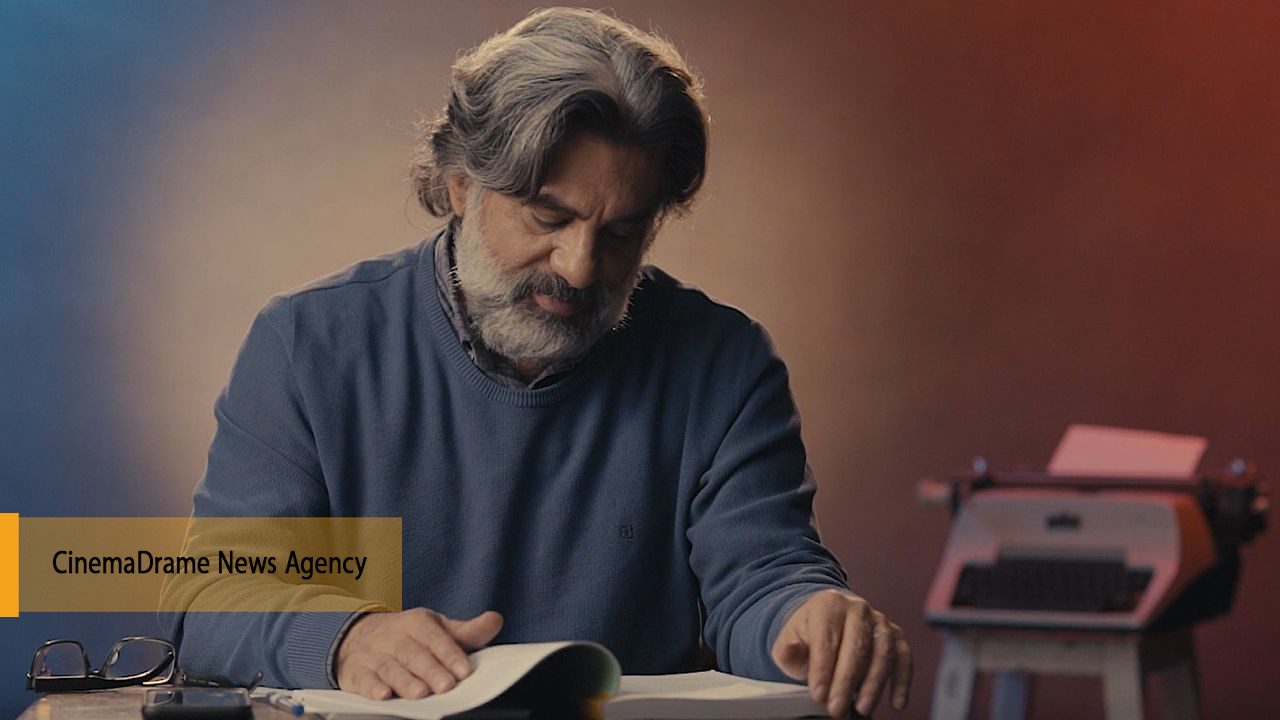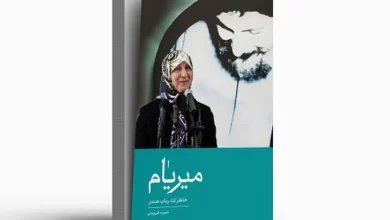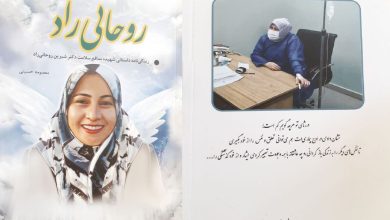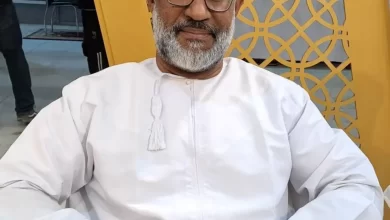Shadmehr Rastin: Read the Book ‘Narration and Storytelling in Cinema’

According to the Cinemadrame News Agency, Shadmehr Rastin, our country’s renowned screenwriter, introducing the book Narration and Storytelling in Cinema by Warren Buckland, translated by Navid Pourmohammadreza and published by Nashr-e Atraf, wrote: “This book argues that the success or failure of a film like Rear Window (Hitchcock) depends on the efficiency and effectiveness of its storytelling. The theory presented in the book identifies the main components of cinematic storytelling across several different filmmaking styles and explains how these components, either alone or in combination, play a role in the overall formation of the film.”

In the book’s preface, after this brief explanation, it is emphasized that the book is about its subtitle: “How films tell their stories.”
The primary theoretical point of Warren Buckland’s work is that narration and storytelling have become interconnected in contemporary cinema.
In film criticism, philosophy of cinema, and theoretical fields in general, the concept of narrative has always been influenced by narration in dramatic literature. Buckland specifically views a film’s narrative as a combination of elements from dramatic literature and visual formalism. In other words, the entirety known as a film, comprising story and visual structure, creates the narrative within the film.
With such an approach, a screenwriter is not only tasked with writing a story with a specific theme and subject but can also utilize various forms of narration for their creation to challenge the dominant ideology in classical narrative.
The diversity of narration in cinema is not a new phenomenon, but its inherent and functional categorization (which Buckland provides in his book) helps professional screenwriters to innovatively and, more importantly, dramatically shape their initial ideas, considering the film’s needs and influenced by their own perspectives.
Simply put, the era of pristine, original ideas is over. It is the narratives of radical storytellers, critical of social conditions, that give rise to new drama. I suggest that, as always, you first write your initial outline and treatment freely and openly with your heart. Then, take Buckland’s book, with Navid Pourmohammadreza’s eloquent translation, as a guideline for developing your screenplay. Choose the desired narration that aligns with the film’s structure, and then complete your screenplay with your logical mind.
Finally, Navid Pourmohammadreza has not just translated the book; with the concluding chapter he added, he shows us the dynamic and effective connection between film and the “film-loving” audience.







